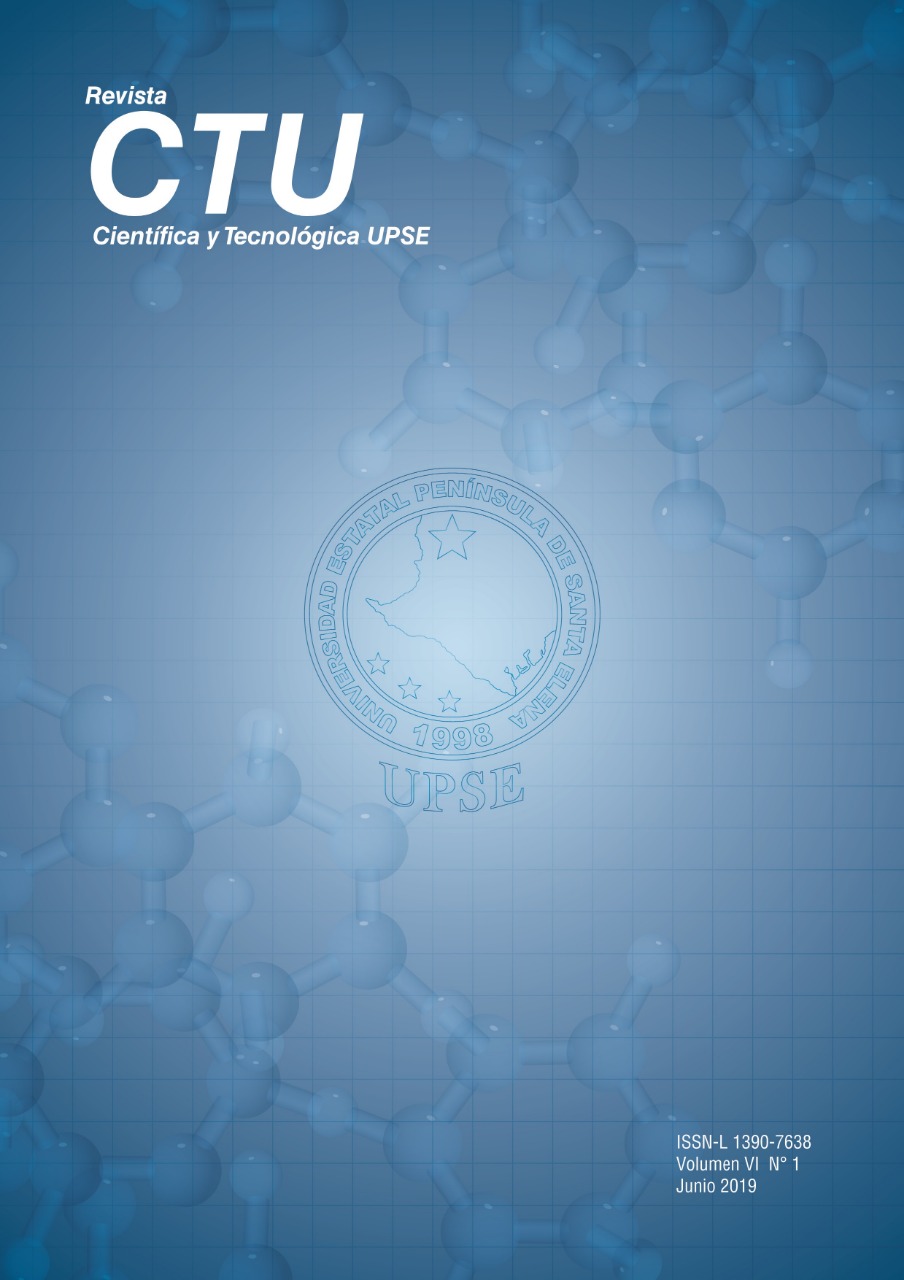Contingency plan for the equipment and computer systems using the Magerit methodology
DOI:
https://doi.org/10.26423/rctu.v6i1.429Keywords:
Contingency, Organizations, Magerit, disasters and informationAbstract
Companies need a high level of availability of information, some even require an unceasing level of information, without this availability it would be difficult to perform effectively. In the event of a disaster, the prolonged interruption of Information Technology services can lead to significant financial losses; losing credibility and customers, which result in the bad image of the company. The research is developed by analyzing the Magerit methodology, which allows the analysis and management of information systems risks considering their location. The above indicated; it is even more evident in the physical vulnerability of organizations located in low-lying areas, not only in the face of floods but also in the face of theft of information or equipment, as would companies located in high areas. It is common for organizations to have losses due to failures or aggressions in their IT systems, which affect their name. This article exposes, through a descriptive analysis, standards and norms to be considered in the elaboration of the contingency plan for computers and computer systems, the risk management analysis, consecutively is exposed
Downloads
References
Abril, A., Jarol, P., & Bohada, J. (2013). Análisis de riesgos en seguridad de la información.Tunjan, Colombia. Retrieved from http://www.revistasjdc.com/main/index.php/rciyt/article/view/292
Arjonilla, S., & Medina, J. (2013). La gestión de los sistemas de información en la empresa: teoría y casos prácticos (3a. ed.). Madrid: Difusora Larousse -Ediciones Pirámide.
BID. (2010). Un tema del desarrollo: la reducción de la vulnerabilidad frente a lo desastres. Madrid: BID.
Chicano, E. (2014). Auditoría de seguridad informática (MF0487_3).Antequera: IC Editorial.
Date, C.J. (2001). Introducción a los sistemas de bases de datos.México: Alhambra Mexicana.
Dettmer, J. (2006). Educación y desastres: reflexiones sobre el caso de México. México: Red Revista Latinoamericana de Estudios Educativos.
Fernández, L., & Rivero, P. (2015). Cómo implantar un SGSI según UNE-ISO/IEC 27001:2014 y su aplicación en el Esquema Nacional de Seguridad. Madrid: AENOR -Asociación Española de Normalización y Certificación.
Jáuregui, H. M. (2014). Manual de aseguramiento de calidad ISO-9000.Madrid: McGraw-Hill Interamericana.
Jiménez, J. A. (2016). Evaluación: seguridad de un sistema de información. Madrid: El Cid Editor | apuntes.
Navarro, E., & González, M. (2015). La seguridad de los datos de carácter personal (2a. ed.). Madrid: Ediciones Díaz de Santos.
Sosa, M., & Hernández, F. (2007). Propuesta metodológica para la evaluación del riesgo en proyectos de inversión en tecnologías de información y comunicación. Madrid: El Cid Editor.
Trujillo, M. (2011). Planes de contingencias. México: Ecoe Ediciones.13.Vieites, Á. G. (2014). Seguridad en equipos informáticos. Madrid: RA-MA Editorial.
Downloads
Published
Issue
Section
License
El titular de los derechos de autor de la obra, otorga derechos de uso a los lectores mediante la licencia Creative Commons Atribución-NoComercial-CompartirIgual 4.0 Internacional. Esto permite el acceso gratuito inmediato a la obra y permite a cualquier usuario leer, descargar, copiar, distribuir, imprimir, buscar o vincular a los textos completos de los artículos, rastrearlos para su indexación, pasarlos como datos al software o usarlos para cualquier otro propósito legal.
Cuando la obra es aprobada y aceptada para su publicación, los autores conservan los derechos de autor sin restricciones, cediendo únicamente los derechos de reproducción, distribución para su explotación en formato de papel, así como en cualquier otro soporte magnético, óptico y digital.












